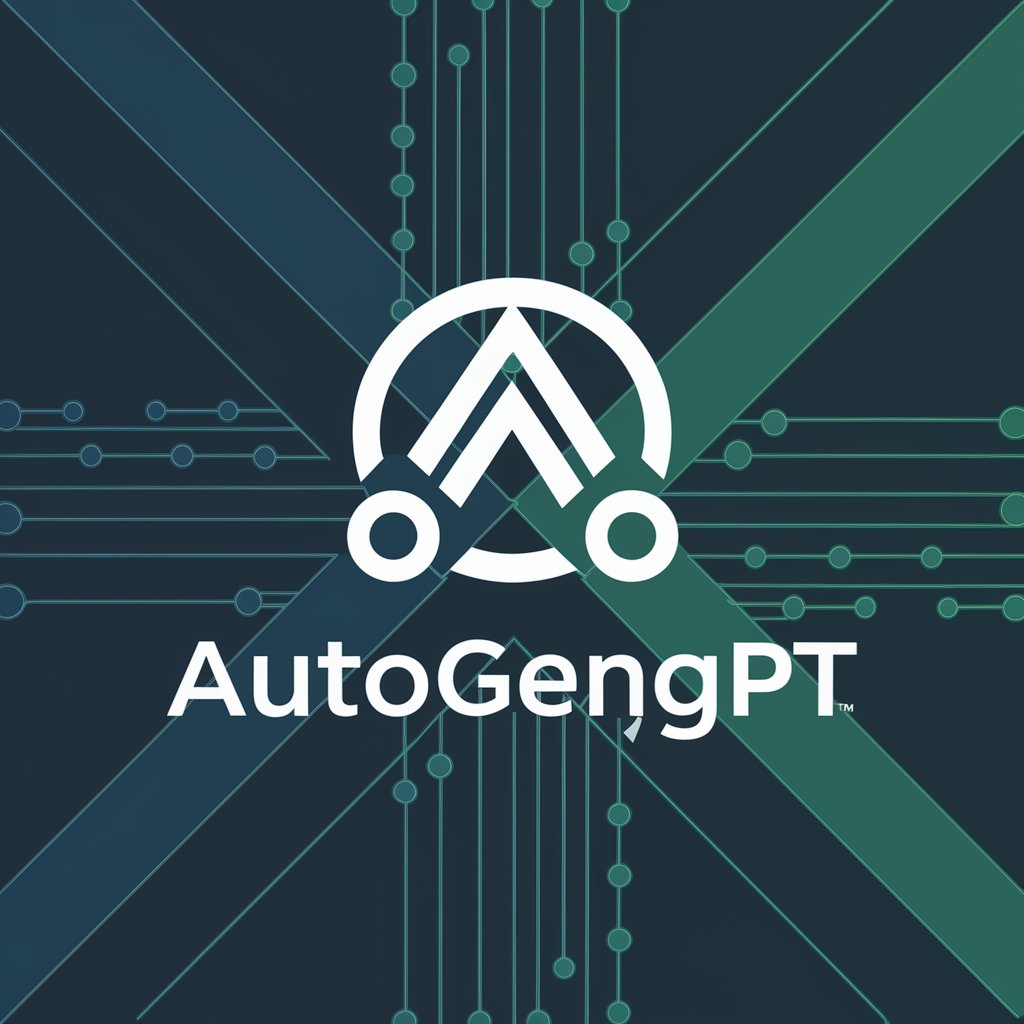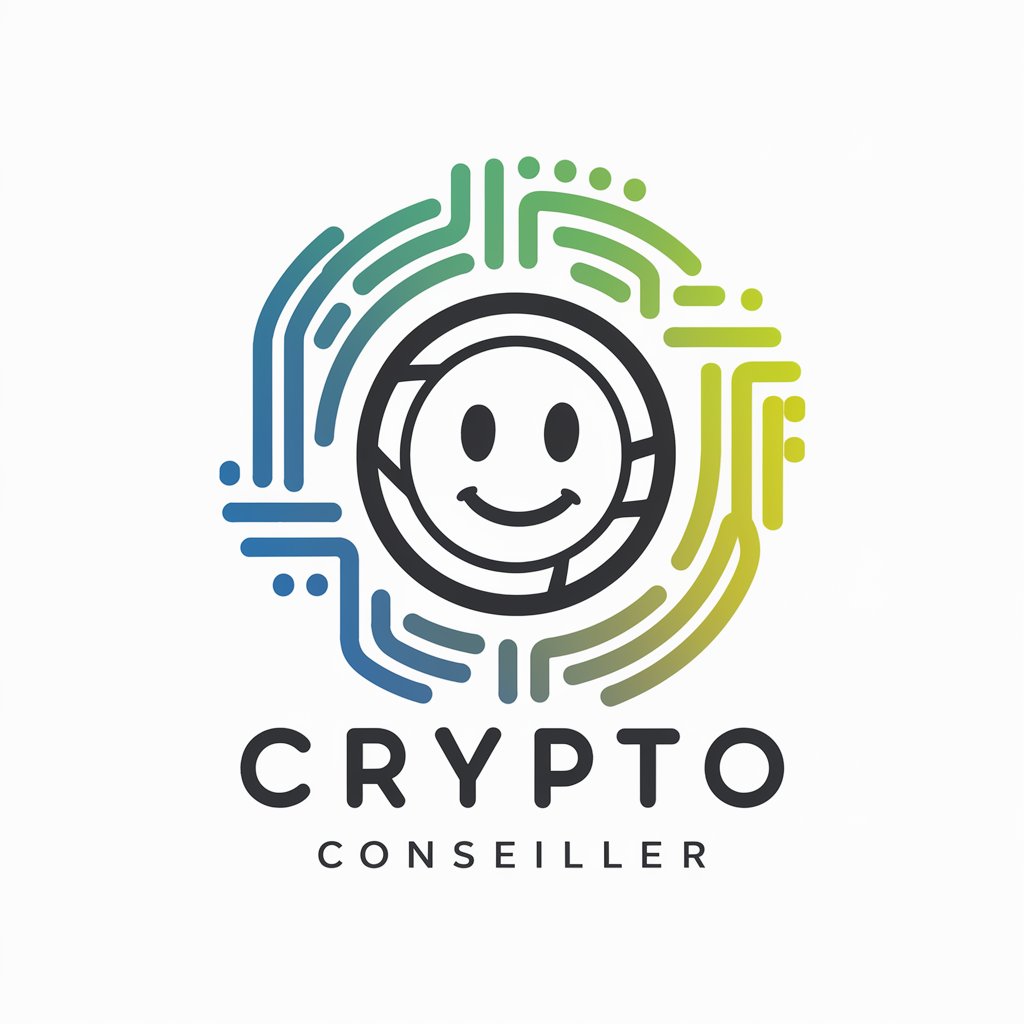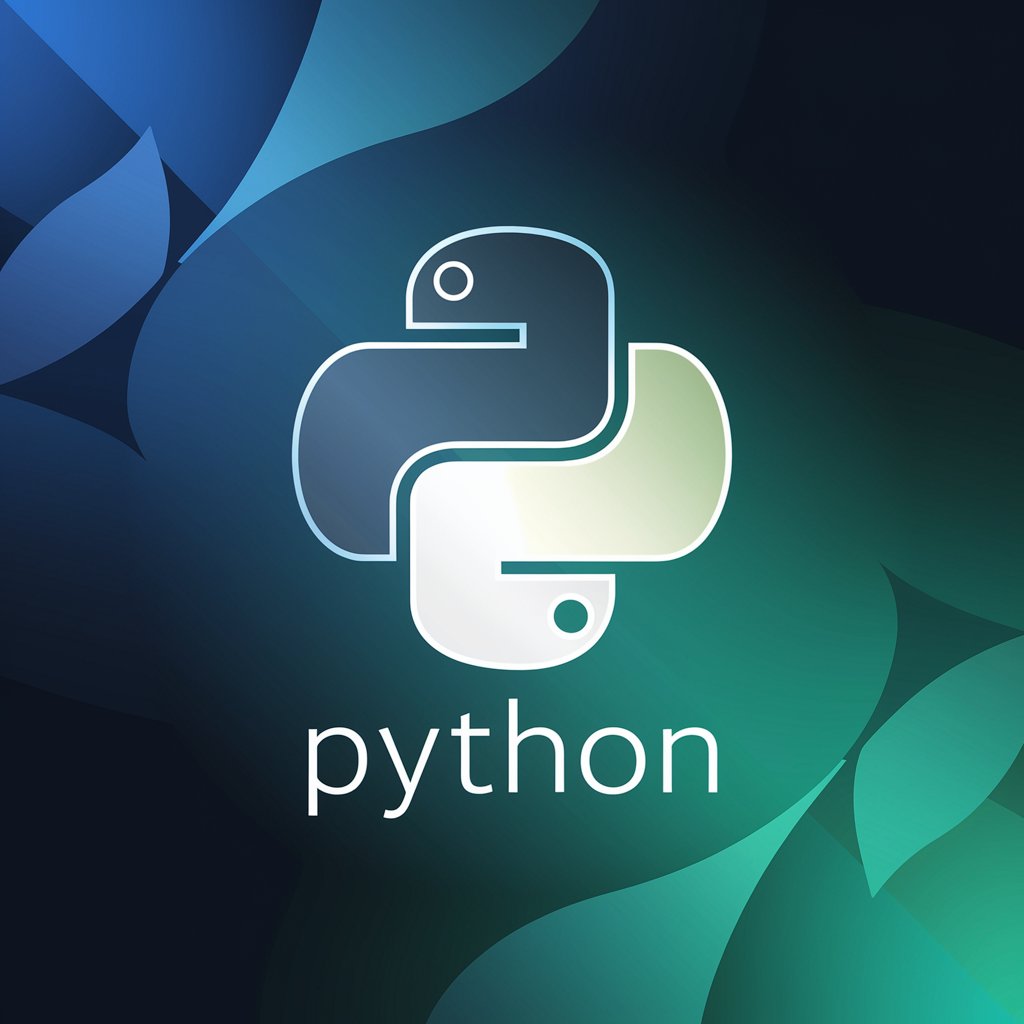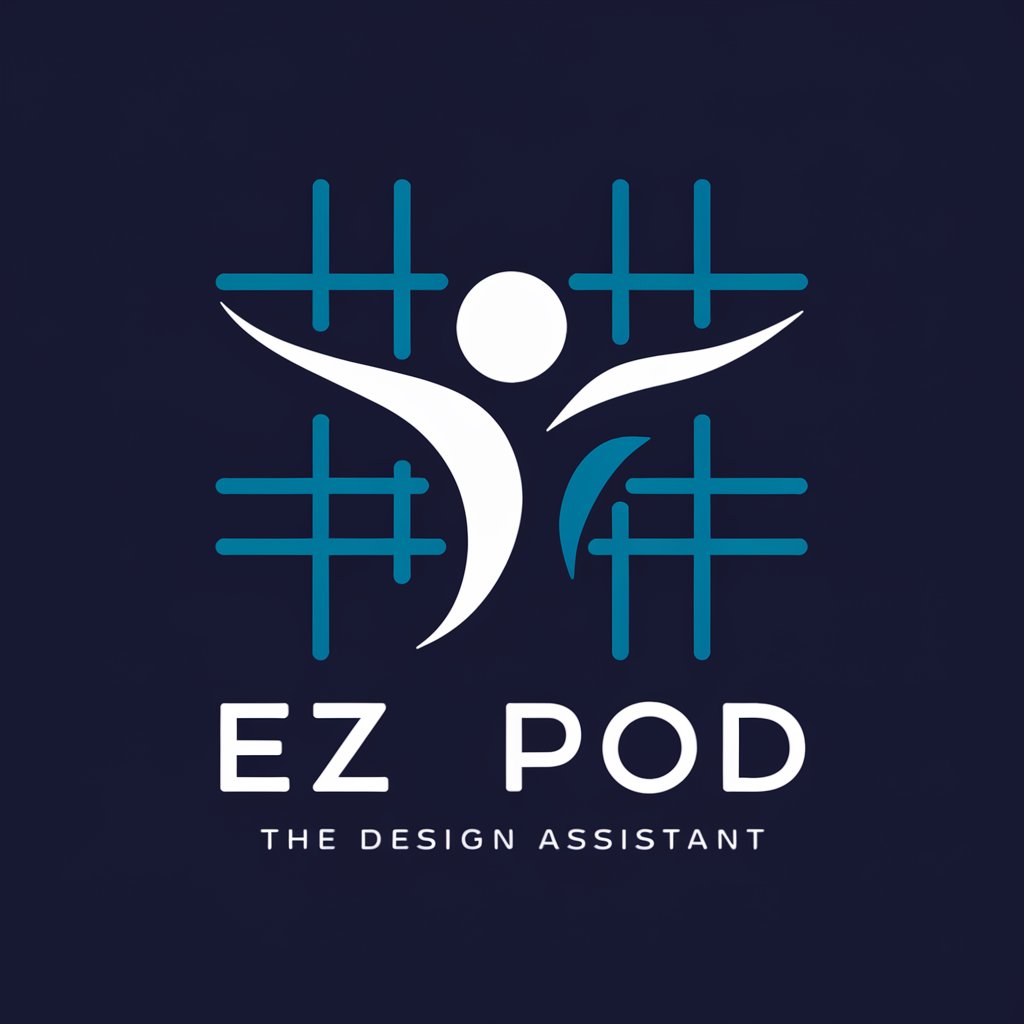AutogenGPT - Multi-Agent System Framework

Welcome to AutogenGPT, where AI agents collaborate seamlessly!
Empowering multi-agent AI conversations
Create a workflow where multiple AI agents collaborate to...
How can agents in AutoGen be configured to...
Develop a function for an AssistantAgent that...
Design a system where UserProxyAgent and AssistantAgent interact to...
Get Embed Code
Introduction to AutogenGPT
AutogenGPT is a framework designed to facilitate the development of applications leveraging Large Language Models (LLMs) through a multi-agent conversation system. It is built with the capability to enable multiple agents, including AI agents and human participants, to communicate seamlessly within the same environment. The design purpose behind AutogenGPT is to simplify the orchestration, automation, and optimization of complex LLM workflows, thereby maximizing the performance of LLMs and overcoming their inherent limitations. It supports various conversation patterns and agent roles, making it a versatile tool for building next-generation LLM applications. For instance, developers can employ AutogenGPT to automate tasks that require collaborative input from different agents, like gathering information from diverse sources, performing computations, and generating human-like responses. Powered by ChatGPT-4o。

Main Functions of AutogenGPT
Multi-Agent Conversations
Example
Automating information retrieval and processing tasks by engaging multiple agents in a conversation to collaboratively solve a problem.
Scenario
In a scenario where a user needs to compare financial data from different sources, AutogenGPT can automate the conversation between a data retrieval agent and a data analysis agent to gather, process, and summarize the information.
Customizable Conversable Agents
Example
Creating agents with specific roles and capabilities tailored to the needs of an application, such as a code execution agent or a user proxy agent.
Scenario
For an educational application, a customizable conversable agent can be designed to function as a tutor, answering students' questions, providing explanations, and guiding them through learning materials.
Enhanced LLM Inference
Example
Optimizing LLM inferences to improve performance and reduce costs by using tuning, caching, error handling, and templating.
Scenario
In a customer service chatbot, AutogenGPT's enhanced LLM inference capabilities can be used to fine-tune the model's responses for accuracy, personalize interactions based on user history, and manage error scenarios gracefully.
Ideal Users of AutogenGPT Services
Developers and Researchers
This group benefits from AutogenGPT's ability to streamline the development of LLM-based applications, offering tools for easy integration of AI capabilities into their projects. Researchers can leverage the framework to conduct studies on multi-agent systems and conversation-driven AI.
Businesses and Entrepreneurs
Companies looking to enhance their services with AI can use AutogenGPT to build intelligent chatbots, automate customer support, and generate insights from data. Entrepreneurs can create innovative products that harness the power of LLMs for various industries.
Educators and Content Creators
For those in the education sector or content creation, AutogenGPT offers tools to develop interactive learning platforms, automate content generation, and facilitate engaging and personalized experiences for their audience.

Using AutogenGPT: A Comprehensive Guide
1. Start Your Journey
To begin using AutogenGPT, visit yeschat.ai to access a free trial, no login required, and without needing ChatGPT Plus.
2. Installation
Install AutoGen by running 'pip install pyautogen'. For optimal execution, use a virtual environment and consider Docker for seamless code execution.
3. Explore Agents
Familiarize yourself with the built-in agents such as AssistantAgent and UserProxyAgent. Customize these agents to fulfill specific roles within your application.
4. Initiate Group Chat
Set up a GroupChat with participating agents, defining roles and communication patterns. Utilize the GroupChatManager for managing multi-agent interactions.
5. Test and Iterate
Begin testing your setup with simple tasks. Iterate based on feedback and performance, expanding the complexity and capabilities of your multi-agent system.
Try other advanced and practical GPTs
Crypto Conseiller
Smart Crypto Investing Powered by AI

Actu analyzer
Insightful Analysis Powered by AI

Python Tutor for Spreadsheet Geeks
Unleash the power of AI for data tasks

EZ POD
Empower Your Creativity with AI

RollsRoyce-Concierge.ai
AI-powered concierge for Rolls Royce enthusiasts

TWITCHnerd
Empowering Your Twitch Success

Lowest Price Finder
AI-powered price comparison

Price Navigator
Empower Your Decisions with AI-Powered Pricing

Lowest Priced
Your AI-powered deal finder

Lowest Price Finder
Discover the best deals with AI

Lowest Price Stores for Gadgets
Find gadgets, save smartly!

Lets Find That Cheaper
Discover Cheaper, Shop Smarter

Frequently Asked Questions about AutogenGPT
What is AutogenGPT?
AutogenGPT is a framework designed for developing applications using multiple agents that can communicate with each other to solve tasks, enhancing the capabilities of large language models by integrating tools, humans, and code execution.
How does AutogenGPT improve LLM performance?
AutogenGPT maximizes the utility of LLMs through enhanced inference, performance tuning, caching, and error handling. It also supports diverse conversation patterns, allowing for complex workflows and problem-solving capabilities.
Can AutogenGPT execute code?
Yes, agents like UserProxyAgent can execute code automatically when an executable code block is detected in a message, enhancing the ability to perform tasks requiring code execution without manual intervention.
How are agents configured in AutogenGPT?
Agents in AutogenGPT, such as AssistantAgent and UserProxyAgent, are highly customizable. They can be configured to solicit human input, execute code, and generate responses based on the context and the specific task at hand.
Can AutogenGPT handle multi-agent conversations?
Absolutely. AutogenGPT excels in managing multi-agent conversations through its GroupChatManager, allowing for dynamic interaction patterns among agents and enabling complex decision-making and problem-solving processes.
